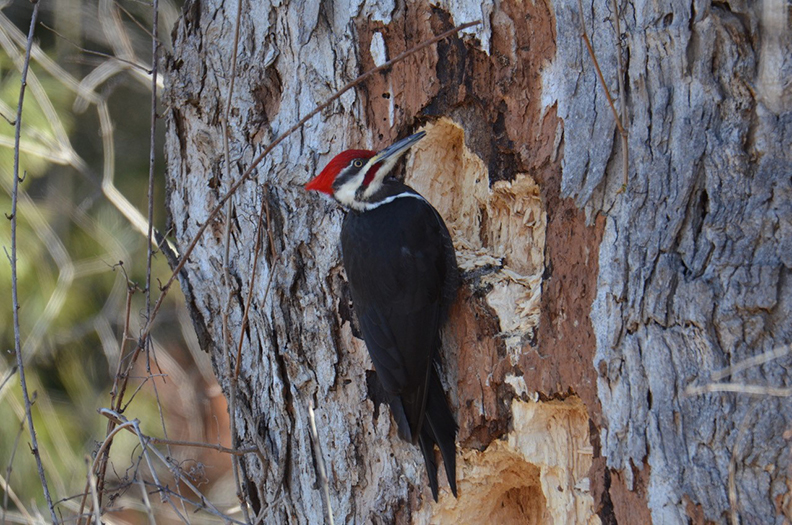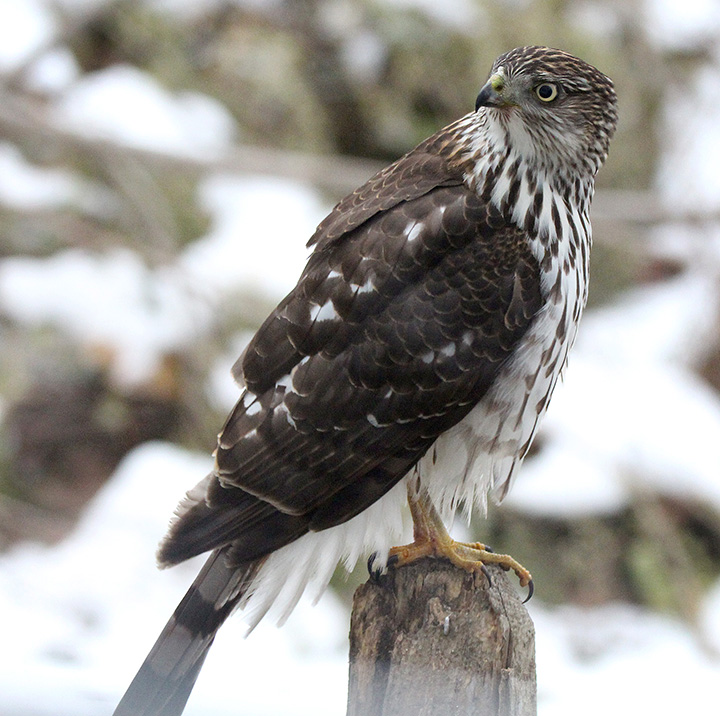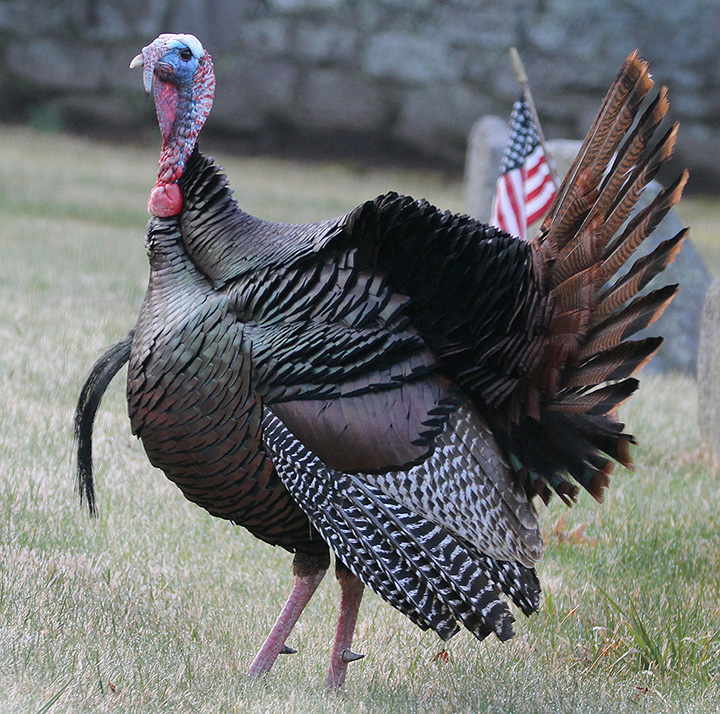New Hampshire Eagle Population Is Coming Back Strong

by Dan Seufert
Weirs Times Correspondent
There’s good news for New Hampshire eagle lovers. For the first time in history, the Audubon Society’s Mid-Winter Bald Eagle Survey counted more than 100 bald eagles, and found two rarely seen golden eagles as well.
The strong survey results are due to many decades of efforts to restore the state’s eagle population, including the reduction of chemical pollutants in the air and water, new laws taking lead bait from fishing tackle, and numerous public education efforts, said Chris Martin, a senior biologist with the New Hampshire Audubon Society.
Martin said the 2020 survey results are “a clear sign” that the population is growing more stable, especially as the top six survey totals since 1981 have all come in the past six years. Given the results, the Audubon teams will now shift their focus to only monitoring the bald eagle population while working to protect and manage more endangered bird species in the state, he said.

“At this point the birds are driving their own recovery,” Martin said.
Bald eagles are currently listed as “Special Concern” in New Hampshire since their official removal from the state’s “Threatened and Endangered Wildlife” list in March 2017 after the survey counts had grown to stable levels with the help of Audubon teams, New Hampshire Fish and Game officials, and many others.
Eagle monitoring and management activities have been conducted in the state since 1980. In 1988, one newly-formed territorial pair initiated nest-building at a historical site located on Umbagog Lake in Coos County. From 1988 to 1996, the birds were the only known territorial pair documented in the entire state.
Beginning in the late 1990s, New Hampshire’s breeding bald eagle population began to expand gradually with new territorial pairs becoming established throughout the state on a nearly annual basis. New Hampshire had 59 territorial pairs of bald eagles during the 2017 summer breeding season. Of those, 38 of the pairs were successful at fledging a total of 59 young. Between 1988 and 2017, a total of 427 bald eagle chicks “fledged” from nests located across the state, according to officials.


This year’s census was also the first ever to document more than one golden eagle, and marked only the third time in 40 years of mid-winter surveys that a golden eagle had been witnessed. Bald eagles nest in watery areas, which is why they are now seen in large numbers in the Lakes Region. Golden eagles, which nest in cliffs and rocky areas, are known to nest in areas of Canada. They had previously only been seen in New Hampshire in 2012 and in 2019.
One of this year’s golden eagles was caught in a quickly taken photo in Warren by David Lipsy of Concord, a professional photographer who has been volunteering for state wildlife surveys for many years.
Lipsy has photographed many eagles in the state over the years, and like other birdwatchers, he is trained to look for large, dark shapes in the sky. He knows that an eagle’s flight and body characteristics are easily discernible from other large birds; a turkey vulture, for instance, will fly with its wings in a “V” shape, and will have different body characteristics than that of an eagle, which flies with its 8-foot wingspan more in a flat shape.
His shot of the golden eagle “is not the best photo, it’s for identification purposes.”


“When I saw it, it looked like the shape of an eagle, but I had to have some (Audubon Society) experts confirm it for me from the photo,” Lipsy said.
The survey, which sends 100 or so volunteers to various known eagle dwelling and viewing areas around the state on specified days in January, this year tallied 101 bald eagles and two golden eagles. The previous record from 2017 was 95 birds seen.
Regionally, the most eagles seen were in the Lakes Region, where 31 bald eagles and one Golden Eagle were counted. Survey takers Terri Spinney and Lori Bowen found an adult pair on Wolfeboro Neck, while Jack Dorsey and Libby Corbin found two more adults at the New Hampton Fish Hatchery.
The Connecticut River watershed was close behind with 29 balds, followed by the Great Bay/Seacoast area with 15 balds, and the Merrimack River watershed with 14 balds and one additional golden eagle. The other regions had lower numbers.
Among the bald eagles, 74 adults were counted, “the most we’ve ever tallied on this count,” Martin said.
Lipsy said he will continue to help monitor the eagle population, and will keep looking for eagles to shoot.
“Eagles are majestic, they exude power, and that’s beyond the power you feel because they are our national bird,” he said. “Every time I see one I get tingles up my spine, it’s such a special bird, and they are wonderful to photograph.”



